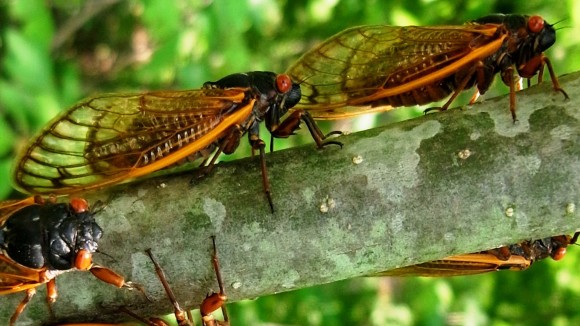Many of our published articles are linked to “Behind the Paper” blog posts on the Nature Research community sites. See below for a complete list. We will continue to update this list throughout 2019.
Microbiology
MetaMARC: Using Machine Learning to Identify Antimicrobial Resistance (Christina Boucher)
Ability of prebiotic polysaccharides to activate a HIF1α-antimicrobial peptide axis determines liver injury risk in zebrafish (Zhigang Zhou)
Lactobacillus maintains healthy gut mucosa by producing L-Ornithine (Rongcun Yang)
TLR4 fuels activation of human dendritic cells and CD4+ T cell responses to human filarial parasite (Jagadeesh Bayry)
Selective pressure drives research strategy evolution (Masaya Yamaguchi)
Towards programmable cell pattern formation (Georgios Pothoulakis)
Hair in Fur or FUR in hare? (Isabelle Michaud-Soret)
The real soil microbiomes and their roles in vegetation transformation as uncovered in the Cerrado (Stefan Geisen)
Ecology & Evolution
Going beyond counts: the physiological ecology of zooplankton (Vittoria Roncalli)
Reexamining the a of Mouse Genetics A to Z (Tsuyoshi Koide)
Seeing through your skin to better blend in (Amy Eacock)
Proteins contributing to extremely tough Darwin’s bark spider silk (Jessica Garb)
How citizen scientists helped us discover snail shell colour evolution (Niels Kerstes)
How to switch the mimetic wing pattern (Haruhiko Fujiwara)
Vulnerable genomes of endangered species (Takashi Makino)
Changing your taste (Kathleen Prudic)
High tensile strengths of bagworm moth silk is revealed by its genome – but is it “extraordinary”? (Kazuharu Arakawa)
Unravelling the secrets to evolutionary success in shrimp (Katie Davis)
A small blueprint of “Adam” unveiled based on de novo assemblies of four nuclear whole genomes (Hisayoshi Nozaki)
Decoding the genomes of coral reef symbionts (Cheong Xin Chan)
At the River Styx, mosquitoes feed on worm blood (Lawrence Reeves)
Forgotten horse from the earliest Eocene of China (Bin Bai)
Why are the benefits of mycorrhizal symbiosis so variable for plants? (Jason Hoeksema)
The peppered moth and industrial melanism – testing an iconic example of evolution in action (Martin Stevens)
Are marine embryos ready to respond to climate change? (Cristian Canestro)
The rise of preprints in biological sciences (Cheong Xin Chan)
Shifting baselines of large coastal apex sharks (George Roff)
On-farm biological control helps spare land & shields biodiversity (Kris Wyckhuys)
Bioengineering
A Device to Detect Extracellular Vesicle miRNA (David Go)
On-demand clinically-compatible media for cell therapy manufacturing (Julie Audet)
Meet Communications Biology authors from Japan (Jung-Eun Lee)
Genetically engineered human muscle transplant enhances murine host neovascularization and myogenesis (Luba Perry)
Low-pressure micro-mechanical re-adaptation device sustainably and effectively improves locomotor recovery from complete spinal cord injury (Veronica Estrada). Associated animation
In vivo multiphoton microscopy detects longitudinal changes associated with delayed skin wound healing (Jake Jones)
A high therapeutic efficacy of polymeric prodrug nano-assembly for a combination of photodynamic therapy and chemotherapy (Xiaoqing Yi)
Celebrating one year of publishing at Communications Biology - an interview with Dr. Bishoy Faltas
Chemistry
Fresh DHFR complex from a fresh crystal (Hongnan Cao)
Structure-Function-Guided Exploration of the Antimicrobial Peptide Polybia-CP Identifies Activity Determinants and Generates Synthetic Therapeutic Candidates (Cesar de la Fuente)

